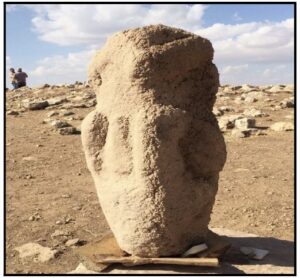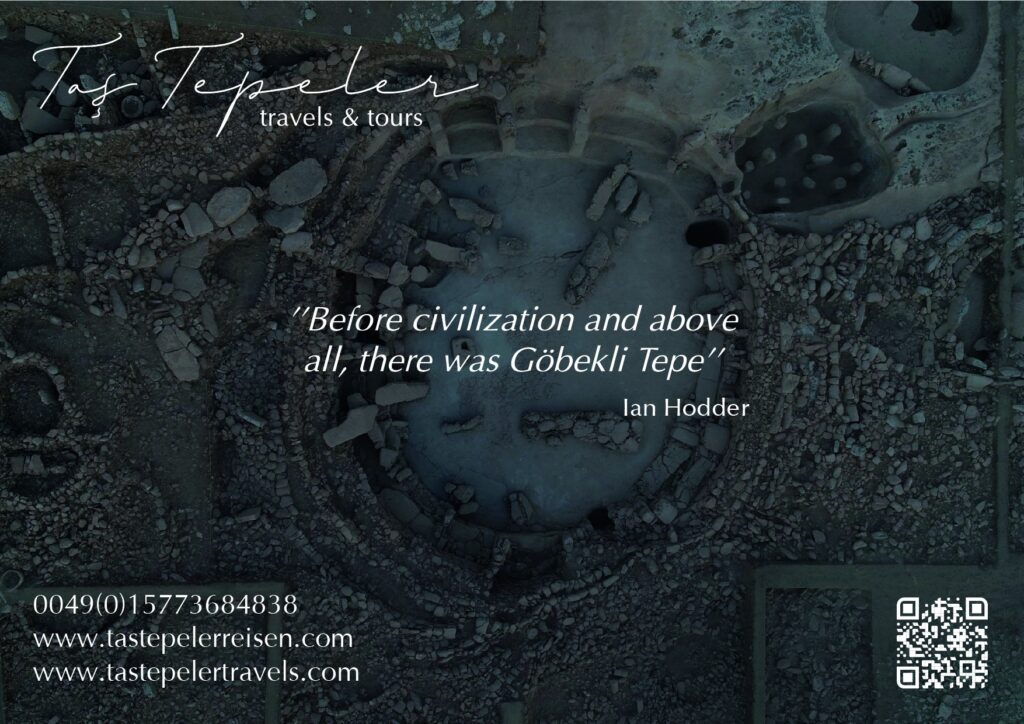A MALE FIGURINE FROM HARBETSUVAN TEPES
ABSTRACT Middle eastern figurines and idols of animals and humans date back to the late Epipaleolithic period. While figurines of animals continue into the Neolithic period, there isa significant increase in findings of human figurines. Specifically in the Şanlıurfa region striking amount of male statues and male figurines have been found. These statues are made out of limestone, while the figurines are made out of limestone or baked clay. One commonality among these male depictions is that the hands join in front of the figure, sometimes holding a phallus, either standing or sitting. The Urfa-Yeni Mahalle male statue that stands in the Şanlıurfa city center, the male figurine found at Karahan Tepe (Hill), and the figurines found at Göbekli Tepe all have similar portrayals of the male form and phallus. In recent years many male statues and figurines have been unearthed dating back to theAceramic Neolithic period, one of which is the male figurine found in the 2017 Harbetsuvan Tepesi excavation. This article focuses on and compares the male figurines and statuesfound in the sites of Harbetsuvan, Nevali Chori, Göbekli Tepe, Urfa-Yeni Mahalle, KarahanTepe, Kilisik and the Gaziantep region.



